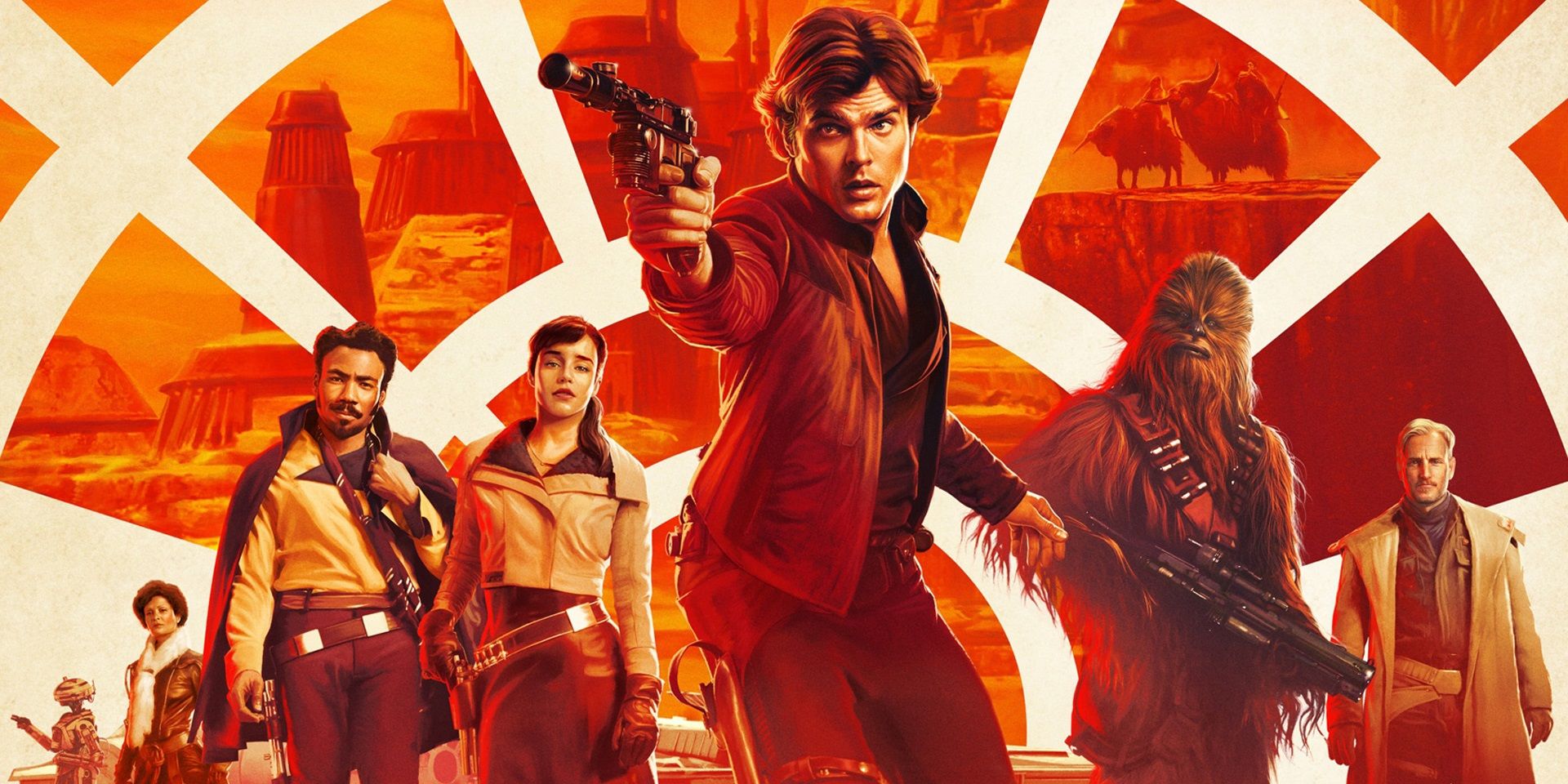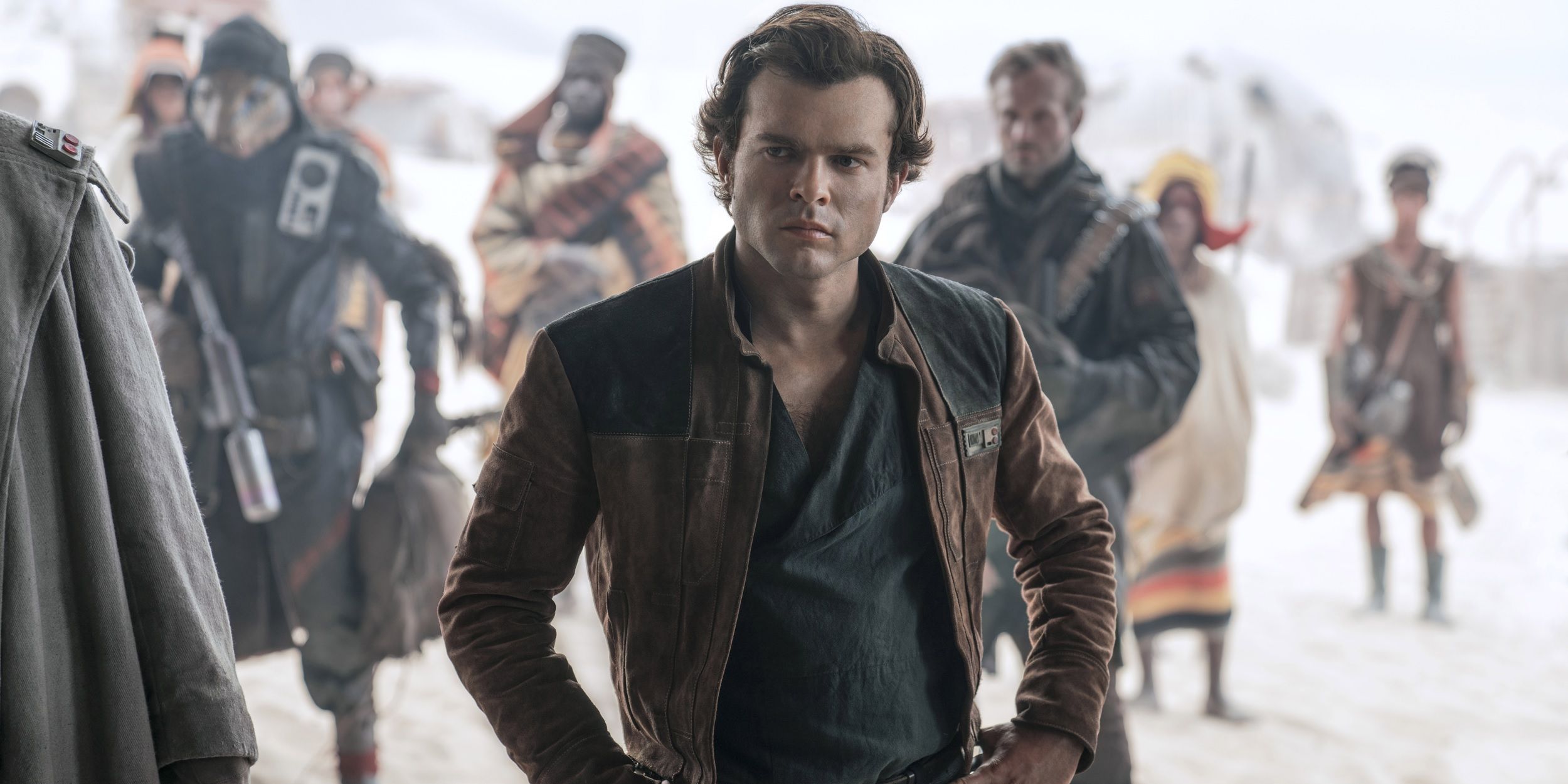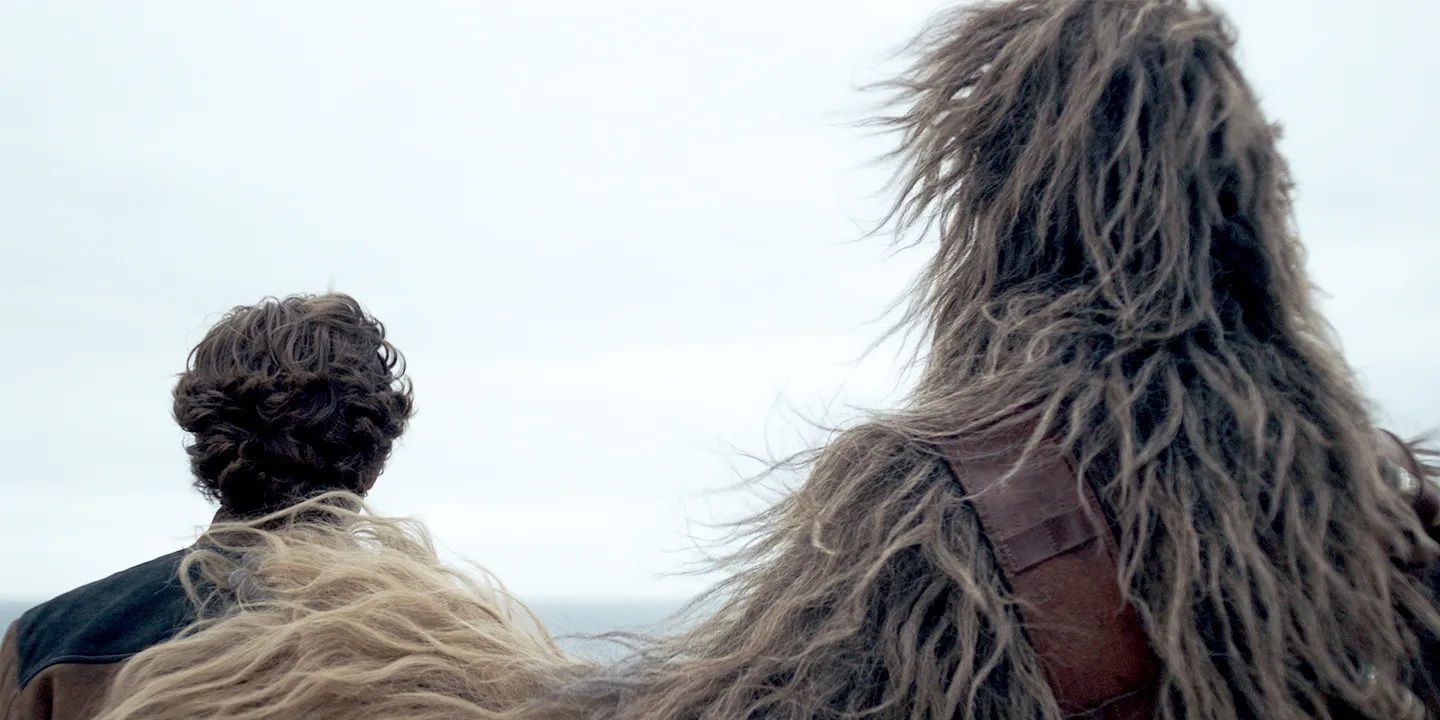Back in the summer of 2018, Solo: A Star Wars Story hit theaters and surprised box office analysts by becoming the first bomb in the franchise’s history. After its budget ballooned to one of the biggest in history, Solo retained the number one spot for just two weeks and ultimately failed to break even. A number of reasons were given for the movie’s underperformance: a half-hearted marketing campaign by Disney; Star Wars fatigue a couple of months after the wildly polarizing The Last Jedi came along; and lack of interest in a Han Solo origin story.
On paper, a movie about Han Solo sounds like a sure-fire hit. But there are many ways to execute it poorly, and it certainly didn’t help that Disney executives weren’t on the same page as the filmmakers they hired. Kathleen Kennedy initially hired Phil Lord and Christopher Miller to direct Solo, but got cold feet about their Guardians of the Galaxy-influenced comedic tone, fired them, and brought in Ron Howard to complete the movie as a generic, agreeable blockbuster.
In retrospect, Solo is far from a bad movie. It has a few entertaining set pieces and Alden Ehrenreich manages to evoke Han’s charm without doing a shallow imitation of Harrison Ford. For Star Wars fans who missed it in theaters and have a Disney Plus subscription, it’s definitely worth checking out. But in the end, Solo never manages to live up to its potential. The behind-the-scenes drama detracted from the telling of Han’s origins, the expensive reshoots mangled the story into a shadow of its former self, and the result doesn’t really satisfy as a canonical precursor to the original Star Wars trilogy.
Han’s character was inspired by the gunslinging antiheroes of classic westerns. Instead of dragging Han into a giant intergalactic conflict and giving him a hero’s journey ahead of the hero’s journey he already had in the original trilogy, Solo could’ve fleshed out this element and presented a bold, action-packed revisionist western set in a galaxy far, far away. Solo has a couple of nods to the western genre, like a train robbery sequence and a climactic blaster duel, but the movie as a whole is more of a run-of-the-mill sci-fi actioner than an operatic Leone epic with lasers. The most memorable moments in Solo are the throwaway lines that fill in key elements of backstory that didn’t need to be explained, like an Imperial bureaucrat giving Han the name that he’ll continue to use for the rest of his life and eventually pass on to his son.
There’s no reason why fan-favorite Star Wars characters like Han Solo and Obi-Wan Kenobi and Ahsoka Tano can’t have their own spin-offs filling in their untold backstory, but they need better execution for fans to fully embrace them as part of the canon. After growing up with Han’s journey from a roguish pirate to a selfless hero, Star Wars fans demanded a lot from his supposed origin story, and Solo failed to deliver. Rather than detailing how Han came to be so selfish and detached when Luke met him in Mos Eisley, Solo details where Han got his jacket and his dice and a bunch of his other stuff that was essentially just set decoration in the original trilogy. Ehrenreich’s performance is great, but he’s let down by a script that characterizes Han as a factory-line Hollywood protagonist. There’s only so much an actor can do with the material they’re given.
Lucasfilm should’ve found a filmmaker with a unique vision for a standalone space western revolving around young Han Solo, and actually been on the same page as that filmmaker from the very beginning. Based on Lord and Miller’s work on 21 Jump Street and The Lego Movie (two Hollywood cash-grabs that audiences didn’t think were necessary, like Solo), they likely had a fun, lighthearted, idiosyncratic take on a Han Solo adventure. When Howard came aboard, the humor was scaled back and the color grading was dialed so far down that the actual contents of the frame were barely visible.
Since there’s no fan campaign calling for the release of the Lord and Miller cut, we’ll probably never know if their version of Solo was really any better. But the final version of the movie doesn’t have much soul, because the mechanical dialogue and going-through-the-motions set-piece-driven storytelling suggest studio executives meddling at every turn of the creative process. If the success of The Mandalorian has taught Lucasfilm anything, it should be to hire artists they trust and just step back and let them work.
With its Vader rematch and the possible inclusion of young Luke and Leia, the Obi-Wan Kenobi series risks falling into the same traps as Solo. The studio overlords have already changed the medium in which the story is being told and delayed filming for years while they replaced the writer every couple of months. Hopefully, this long, rigorous process hasn’t resulted in a story that will play it safe, but rather one that gets everything just right. There’s a lot of potential during the time in which Obi-Wan was exiled on Tatooine, but with ties to both the prequel and original trilogies, it has to play its cards very carefully. The pressure of living up to fans’ expectations is unavoidable with anything Star Wars-related, but it’s a lot easier to fix things at the script stage than months into production when the studio has to fork out more money for reshoots and suddenly wants a say.
The Kenobi series is being directed by Deborah Chow. Unlike Lord and Miller, Chow is already in Lucasfilm’s good books, having helmed a couple of revered Mandalorian episodes – including the crucial turning point “Chapter 3: The Sin” – so hopefully, the studio will feel comfortable giving her creative freedom and letting her tell the story she set out to make instead of demanding a seat at the table. The last thing we need is another Solo on our hands.



